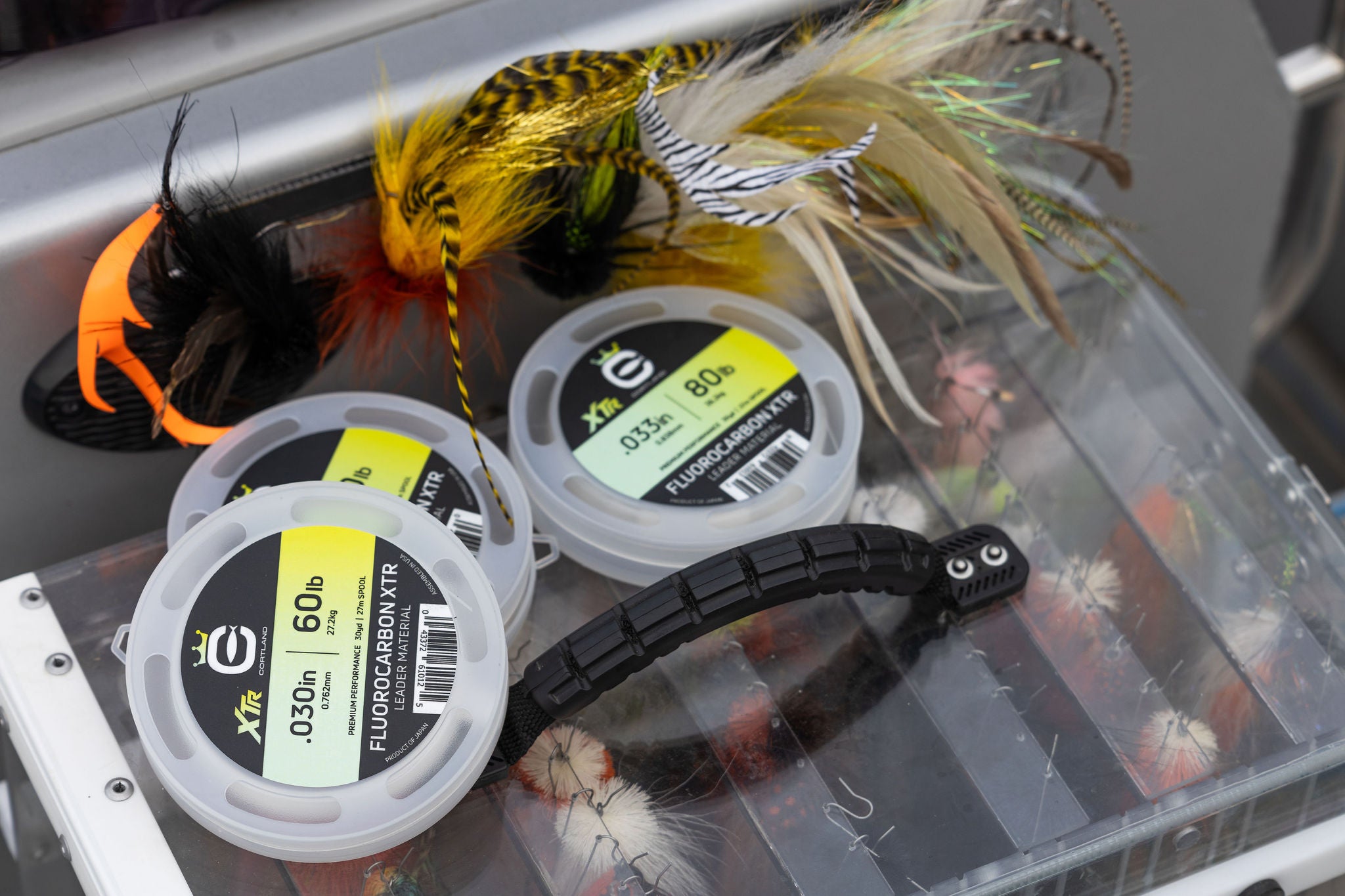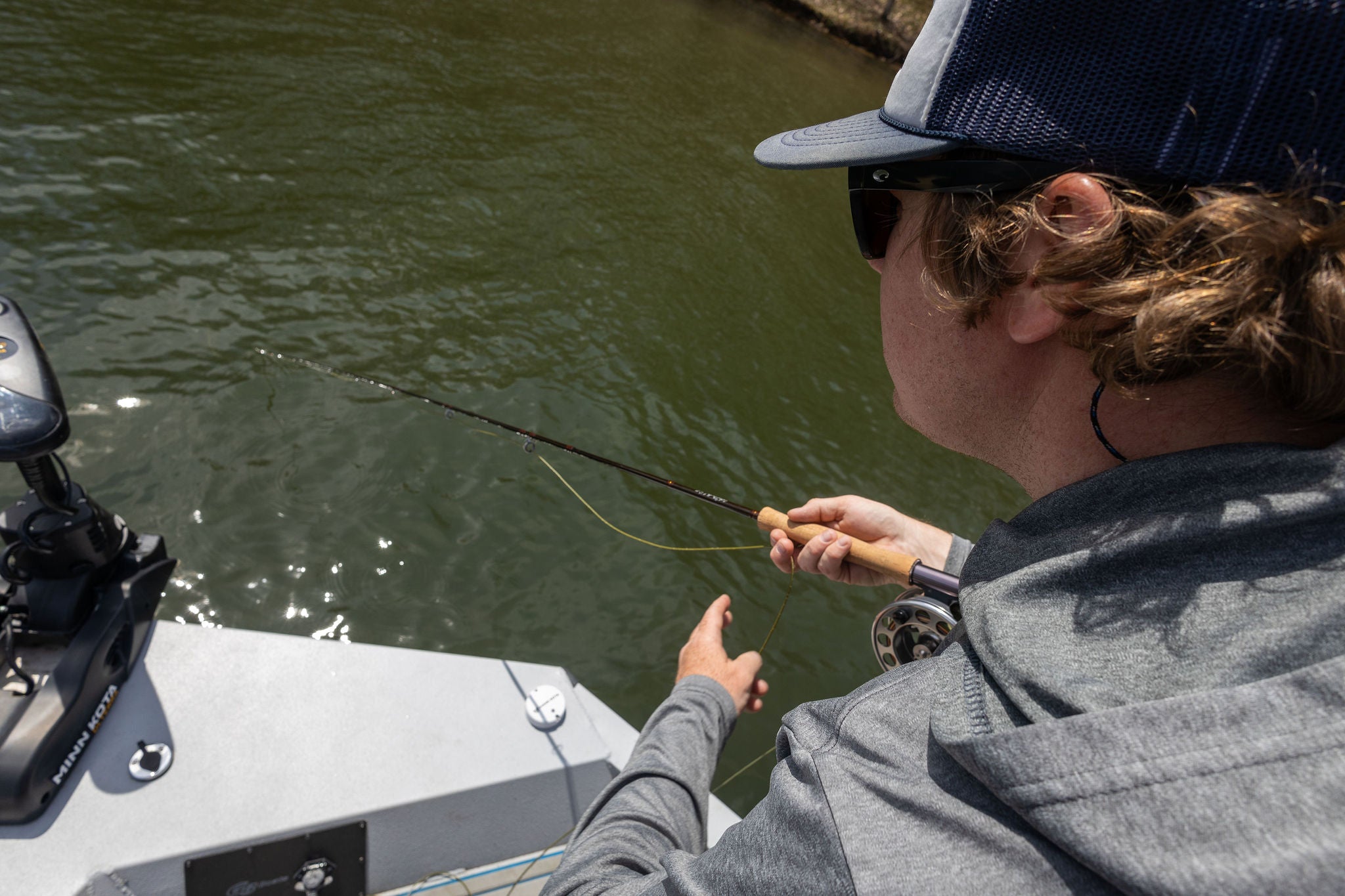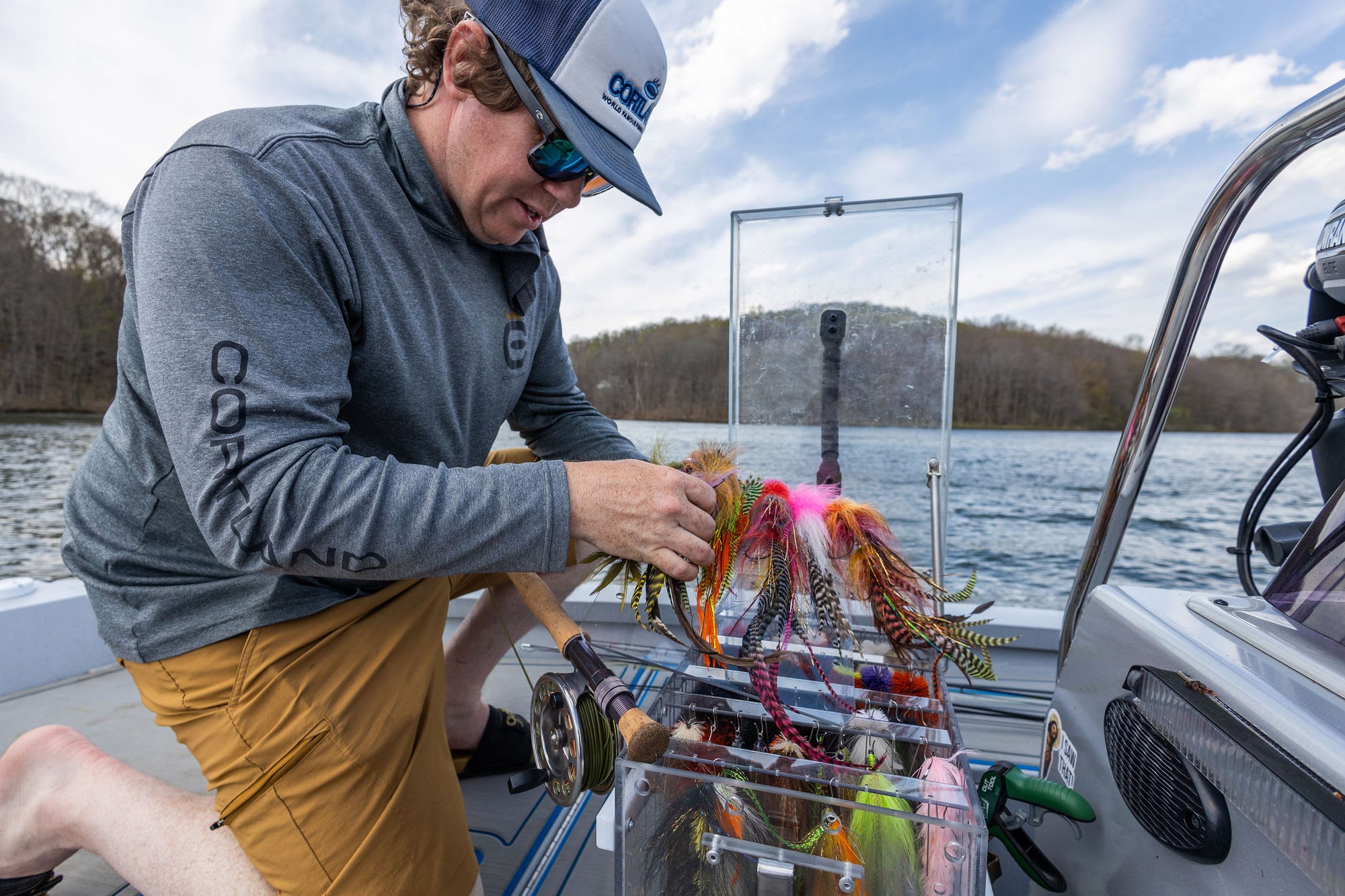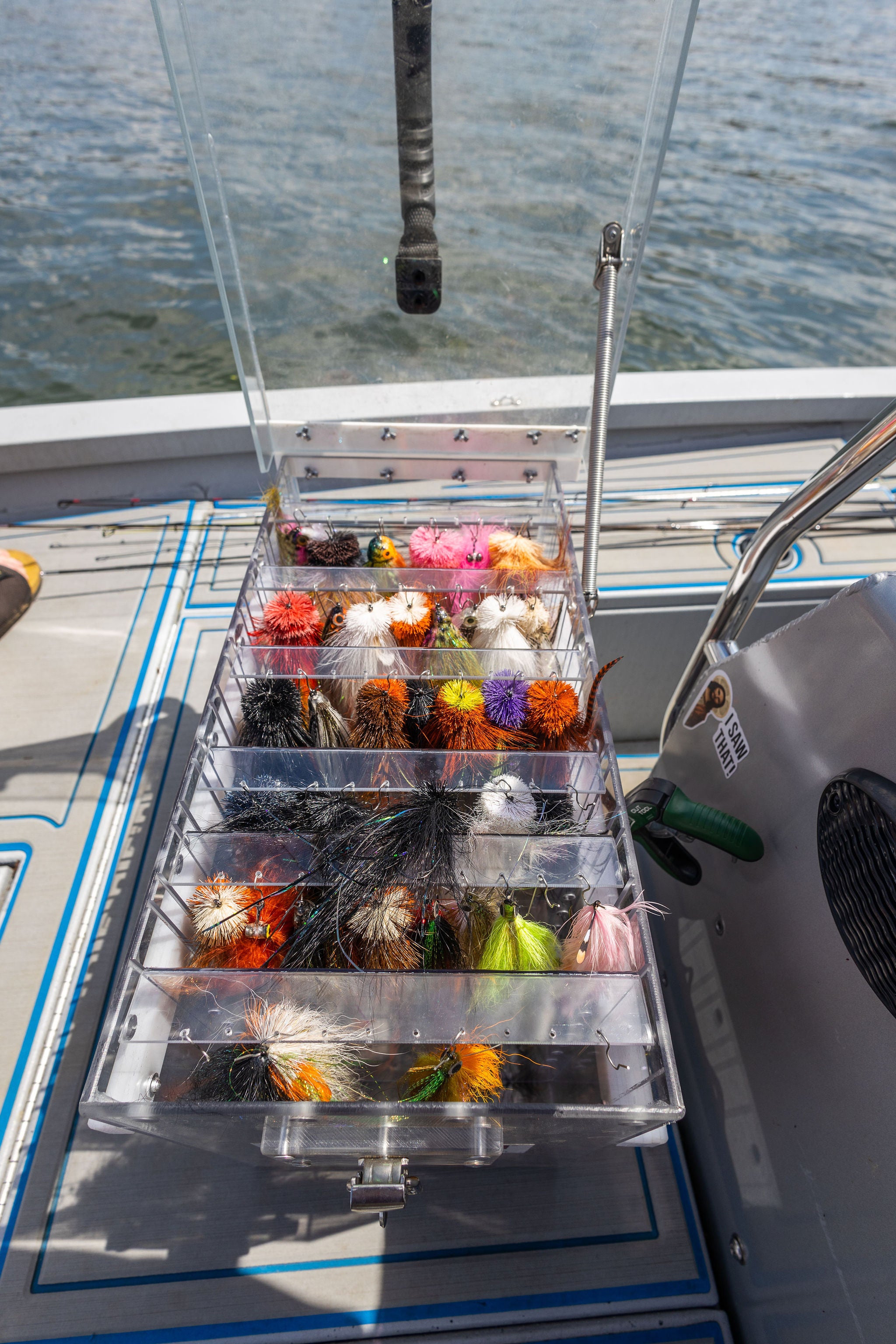Article Written by Mark Burns (Urban Fly Co.). Article Read Time: 3 Minutes
Fishing your fly. Yeah, I know that may seem pretty straight forward but one of the most common mistakes I see, and the reason a lot of fish are not being seen, is just that. One of the best sayings I’ve heard is "Fish your fly with intentions of it not being fished for long." There’s a lot to be said about this. Are 10 casts fished with conviction, force and hard, broad side pauses better than 50 casts with a slow, methodical, lazy retrieve? I think so but I’d like to give you some ideas to put into play and let you be the judge.
The Approach
First things first, and personally I think one of the biggest factors in a successful day is planning out your approach for the waters you are going be on, floating through, or subjected to for that day. In planning the approach, I first take into consideration the water temperature and flows if fishing a river or creek. When on a Lake, water temps and wind direction for the day as well what the wind was for the previous couple of days can be crucial to success. With this information I’m able to gather the speed, depth and consistency of the retrieve I will be starting with and progressing towards through the day. Let’s take, for instance, we’re doing a river float through winter, water temps are ranging in the mid 30’s and we have moderate to lower flows, the ability to work a fly at a range of speeds and depth. Optimum…yeah, I know. This is a time of the year where the fish tend to be slow, fairly hunkered down and may not be aggressive as normal but it is hands down one of the best times of the year to be on the water.

One thing to take into consideration here is, just like the Musky, the baitfish tend be hunkered low and holding tight. When presenting a fly, you’re now giving a viable food option that they’re tending not to see as much this time of the year. When a bait is out moving in the open when it’s this cold with no cover, it’s not usually going to be leisurely swimming around checking in on its neighbors. Typically, this fish is moving because it’s wounded or trying to get from one hiding spot to another so it’s going to be doing it in a manner where it doesn’t want to be there for long. If you take these factors and visualize your fly coming through the water, think of a wounded fish and how hard they kick back and forth.
Stripping Techniques
When stripping a Buford, a series of hard 12 to 20 inch strips with a long pause in between is a great way to start. When coming directly off a bank to a shelf, a series of small strips in the 3-5 inch range, followed by a strip with left hand, as well as pulling down the rod with your right to extend it will cause a hard to kick and allow the fly to ride broadside across the shelf. In order to get the best action out of the fly and get the most out of the work you’re putting in, it’s a must to keep direct tension with the fly. By this, I mean the rod tip pointed directly at the fly the whole time even when moving down stream with current. Be sure not to let the line get down below the rod tip which allows slack and you will lose a significant amount of action in the fly as well as not having direct tension on a strip set during an eat.

Sticking with the cold water but moving in another direction. One method I like to use to impart, is an action of general bait moving but trying to get through quick. This method also works great in warm water sped up. Now, envision your fly is directly in front of you and you’re about to take a strip. With the rod tip pointed directly at the water, both hands are reaching out and your left is also grabbing the line as far up as you can. With both hands, pull back to your sides making a long 2 handed strip. Afterwards, take your right hand, point it back at the fly and with 2 hard strips you will pick your slack back up while having the rod tip pointed directly at the fly ready for the next sequence. What this does is causes the bait, like a minnow style pattern, to lunge through the water fast on a slow sink or, with a river pig, it will glide and drop at the end. A buford or buoyant style head continues to glide then hang. The fast movement with a die action is great at enticing the cold-water bites. They will either take it on the fall as its paused or it will help speed up a fish to transition them into the 8. This cadence is a killer in warmer waters, just remove the pause with consistent both hand strips, followed by 2 lefts to pick up line, then both hands again. Yes, this does get tiring but it comes back to the original query of 10 casts with conviction being better than 50. Fish it hard, take a breather when you need and get back at it.
About the author
Mark Burns is an accomplished Fly Tyer, Fly Fishing Guide, and all around Predator Hunter based out of Pennsylvania. He runs Urban Fly Company which specializes in custom Musky & Predator Flies. To book a trip with Mark or follow his Musky hunting adventures check out his website and social media here:




